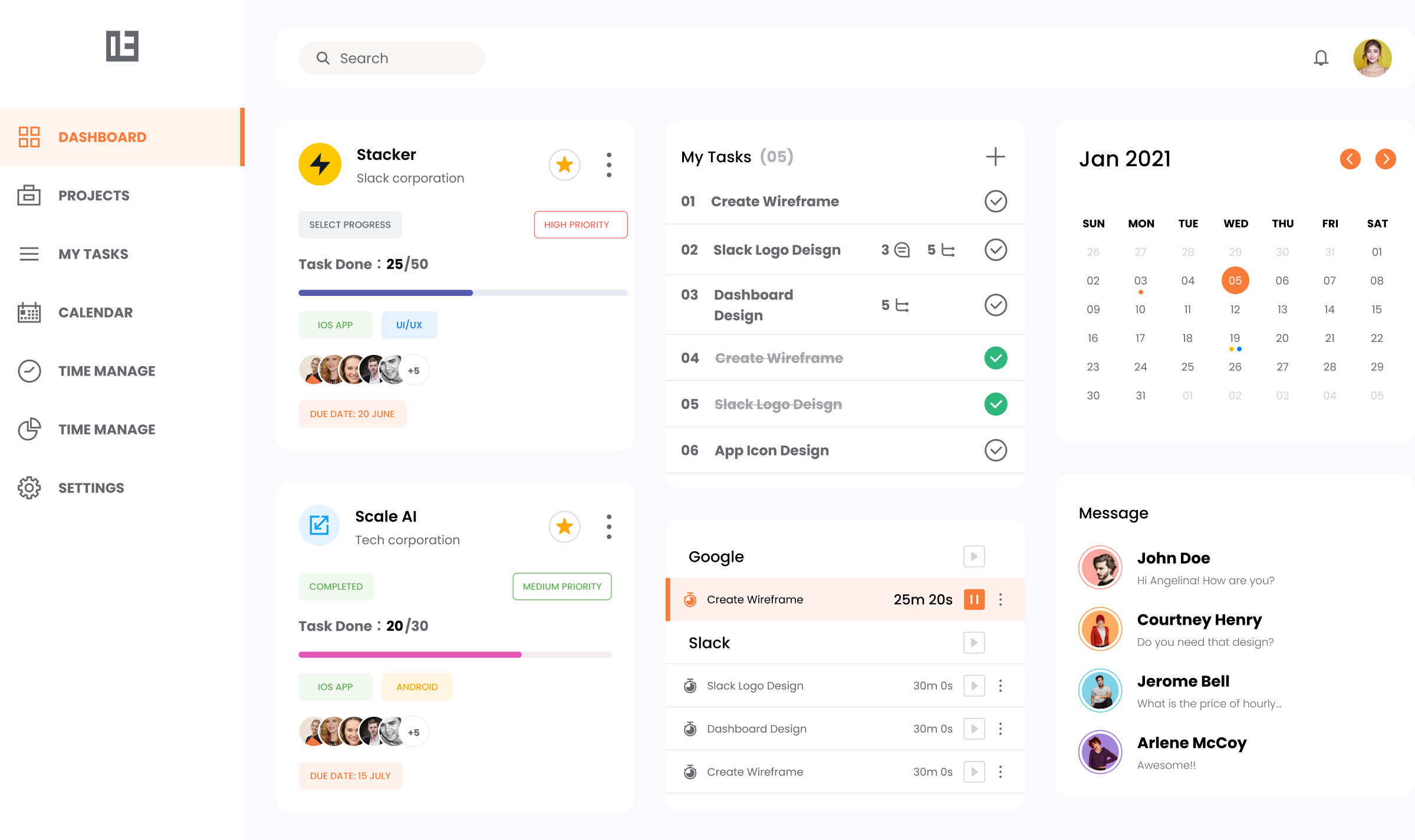Ever since Meta introduced a QR code-based feature to share Instagram profiles, users no longer had to spell out their account name to a new friend or type it out. The simple ‘Share Profile’ button let them set up a decorative QR code and link, as a digital business card that could be sent to their contacts.
Though largely associated with UPI transactions or pandemic-time menus at restaurants, QR codes are incredibly flexible data storage tools that can be leveraged to promote a user’s business and brand.
QR codes (short for Quick-Response Codes) were invented by a team led by Japanese engineer Masahiro Hara in 1994, in order to help classify automotive products rapidly. Today, they are crucial for advertising as well as conveying information in a compact form.
In a new but extreme trend, some users are adding QR codes to gravestones, so that mourners or even casual visitors to the cemetery can scan the code to read about the deceased person’s life story, go through a digital photo album, listen to their voice again, or see them alive in video form.
QR codes (for the living) are also seeing a rise in popularity, as Google has introduced an option for users to sign in and verify themselves by scanning these codes.
Whether you are a professional with a business to promote, an influencer with a range of products you want to show off, a music lover who wants to share your playlist, or even a gardener who wants an easy way to keep track of what’s growing in your pots, a QR code is one possible solution you could explore.
To start you off, here is how to turn a web page into a QR code via Google Chrome
You can also generate a QR code through the Brave browser, by navigating to the top right menu, scrolling down to ‘Save and share’ and then choosing to create a QR code

You can easily generate a QR code through your own browser | Photo Credit: The Hindu via Chrome
When creating QR codes through your browser, you are likely to get a QR code with the browser’s emblem or mascot included in the pattern. For the Brave browser, this is a lion, while Google Chrome adds a dinosaur.

An example of a Google Chrome-generated QR code for a chosen web page | Photo Credit: The Hindu via Chrome
If you want a QR code without this kind of branding, you can copy the link to the web page you wish to convert, and use a free, third-party QR code generator that is available online.
Here, you can customise the design of the QR code, add attractive colours, or include other decorations to make it fit your personal or professional style before downloading it.
Here is an example of one such QR code, which has been customised with an engaging frame and a bright red shade. However, third-party QR code generators may force users to create accounts or sign up for various plans in order to keep their QR codes usable, which is a de-merit when compared to a standard hyperlink.

A screenshot of a QR code created with an external tool | Photo Credit: QR Code Generator
Merits of QR codes
Disadvantages of QR codes
Published - March 25, 2025 08:17 am IST








